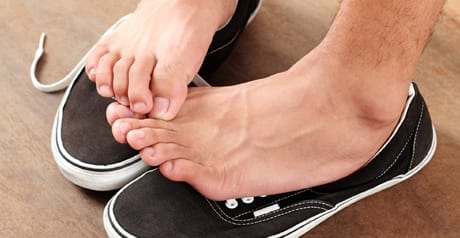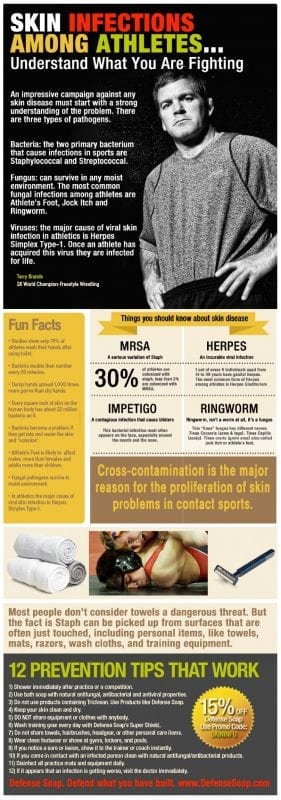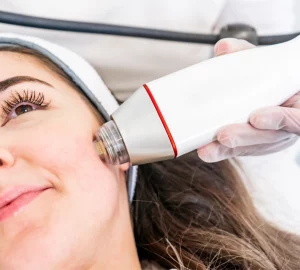Athletes push their bodies to the limit, dedicating countless hours to training and competing. While their physical performance often takes the spotlight, the impact on their skin is often overlooked. Engaging in intense physical activity, prolonged exposure to environmental factors, and the use of sports equipment can lead to various skin problems for athletes. In this article, we will explore common skin issues faced by athletes and provide valuable tips for maintaining healthy skin.
1. Sweat-Related Skin Problems:
Sweat is a natural response during exercise, and while it helps regulate body temperature, it can lead to skin problems. Athletes may experience conditions such as heat rash (prickly heat), acne mechanica, or folliculitis. To combat these issues, consider the following:
- Shower promptly after workouts to remove sweat and bacteria from the skin.
- Wear moisture-wicking and breathable fabrics to allow sweat to evaporate.
- Use talcum powder or specialized anti-chafing products in areas prone to friction.
- Keep affected areas clean and dry to minimize the risk of infections.
Fungal Infections:
Athletes, particularly those involved in sports with close physical contact or humid environments, are susceptible to fungal infections like athlete’s foot (tinea pedis) and ringworm (tinea corporis). To prevent and manage these skin issues faced by athletes:
- Maintain good hygiene practices, including regular washing and drying of feet and body.
- Wear clean and moisture-wicking socks and change them frequently.
- Use antifungal powders or sprays as a preventive measure.
- Avoid sharing towels, clothing, or personal items that may spread the infection.
- Seek prompt medical attention if an infection persists or worsens.
Sun-Related Skin Issues:
Outdoor athletes face increased exposure to harmful UV rays, which can lead to sunburn, premature aging, and an increased risk of skin cancer. Protect your skin from the sun’s harmful effects by following these guidelines:
- Apply a broad-spectrum sunscreen with a high SPF before going outdoors, even on cloudy days.
- Reapply sunscreen every two hours, or more frequently if sweating excessively.
- Wear protective clothing, such as long-sleeved shirts, wide-brimmed hats, and UV-blocking sunglasses. d) Seek shade during peak sun hours (usually between 10 a.m. and 4 p.m.). e) Perform regular skin self-examinations to monitor any changes or suspicious moles and consult a dermatologist if necessary.
Contact Dermatitis:
Certain sports equipment, such as helmets, padding, or tight-fitting clothing, can cause contact dermatitis—a skin reaction triggered by an allergic or irritant response. To minimize the risk:
- Ensure equipment fits properly, allowing for adequate airflow and reducing friction.
- Clean equipment regularly to remove dirt, bacteria, and potential allergens.
- Choose hypoallergenic or fragrance-free products whenever possible.
- If you suspect an allergic reaction, consult a dermatologist to identify the specific allergen and find suitable alternatives.
Hydration and Nutrition:
Preventing skin issues faced by athletes requires attention not only to external factors but also to internal ones. Adequate hydration and a balanced diet rich in vitamins, minerals, and antioxidants can contribute to skin health. Drink plenty of water throughout the day and include foods like fruits, vegetables, whole grains, and lean proteins in your diet.
As athletes focus on achieving their fitness goals, taking care of their skin should also be a priority. By addressing sweat-related skin problems, preventing and managing fungal infections, protecting against sun damage, minimizing contact dermatitis risks, and maintaining overall hydration and nutrition, athletes can promote healthy and radiant skin. Remember, consistent skincare practices and attention to preventive measures can go a long way in ensuring that your skin remains in top condition. Prioritize your skin health alongside your athletic performance, and you’ll reap the benefits of both.
Ultimately, if you encounter persistent or severe skin problems that do not improve with self-care measures, it is essential to seek professional advice from a dermatologist. They can provide a proper diagnosis, recommend specific treatments, and offer personalized guidance based on your unique circumstances.
By combining your dedication to physical fitness with a commitment to maintaining healthy skin, you can achieve optimal performance while keeping your skin looking and feeling its best. Take care of your skin, protect it from environmental factors, and address any issues promptly to ensure that your skin remains a strong and resilient barrier as you pursue your athletic endeavors.
Written By: Evie Dawson – eviedawson22@gmail.com









